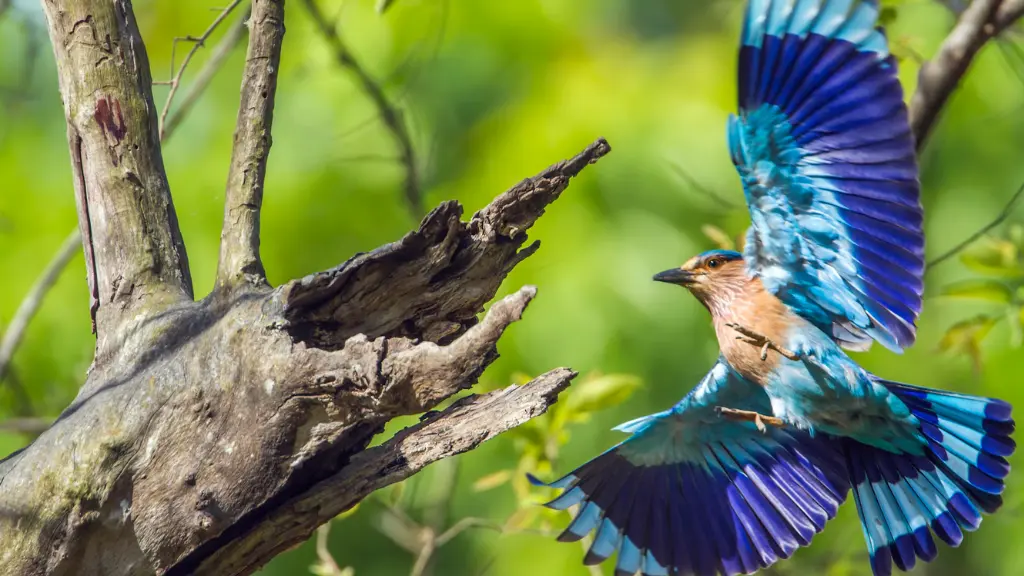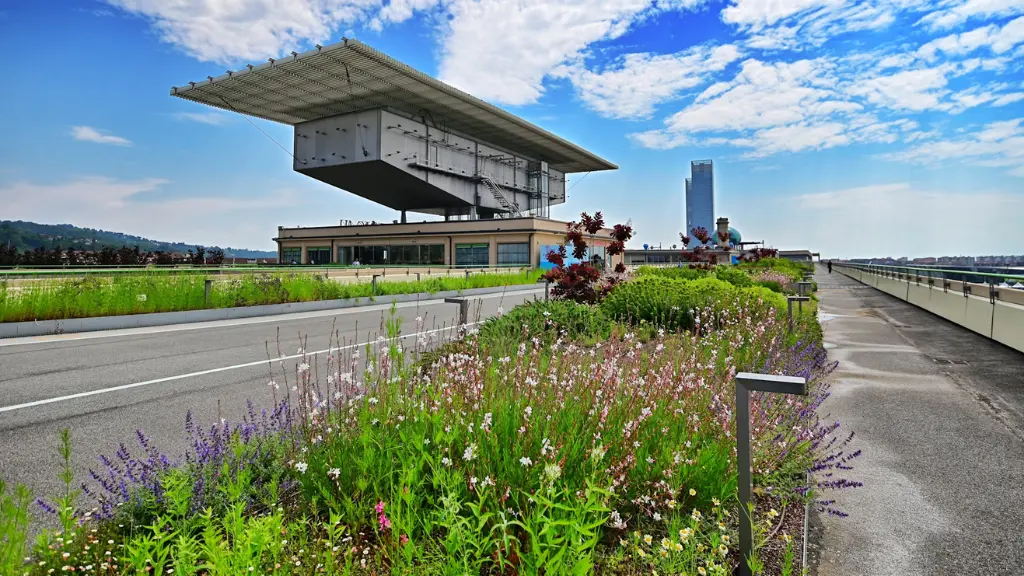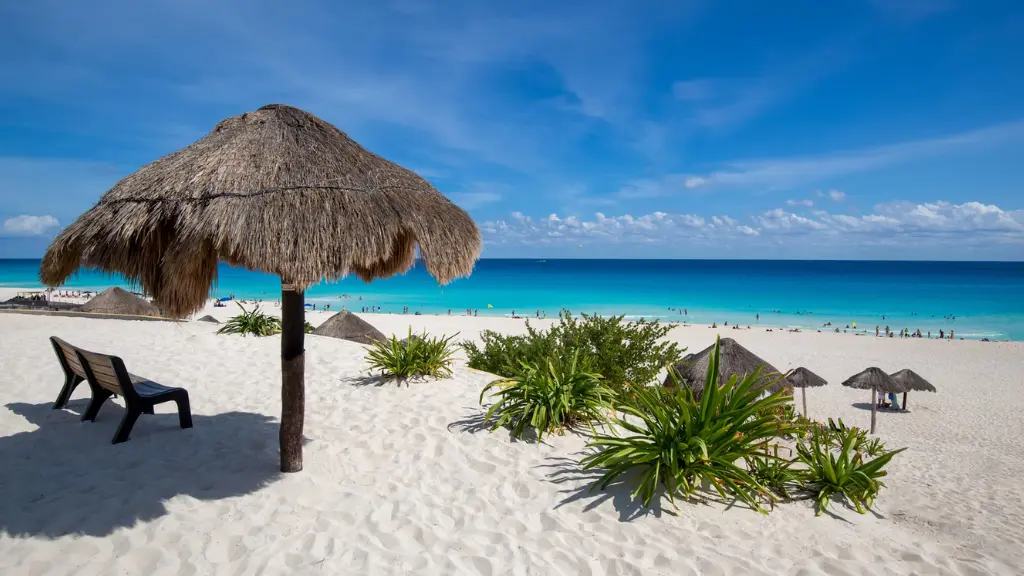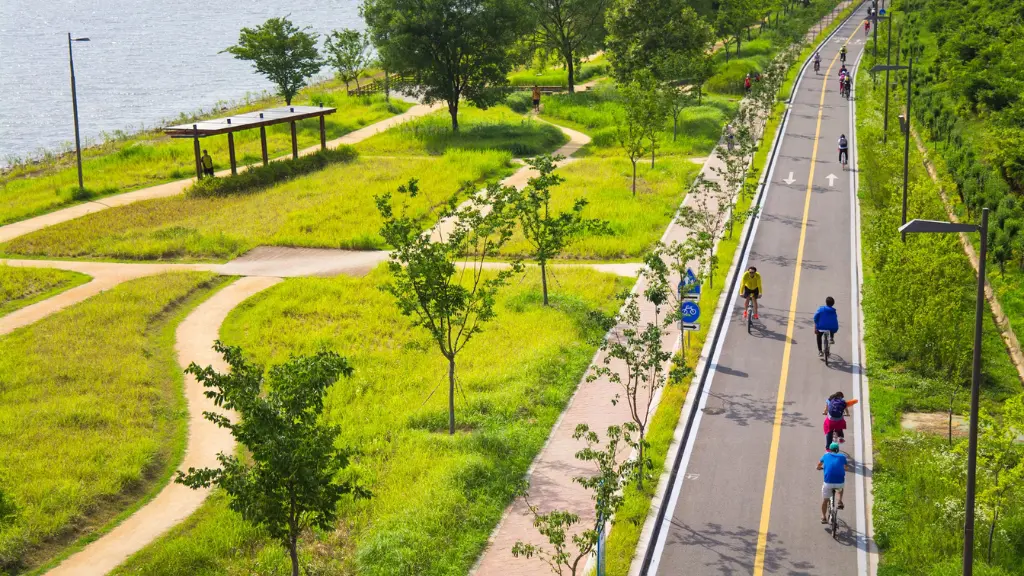Stretching across Nepal’s southern plains, the Terai region offers a captivating mix of landscapes, wildlife, and culture. This lowland area of Nepal differs greatly from the mountainous regions often associated with the country. Lush forests, rich wildlife, and vibrant communities define the Terai.
It’s also home to historical sites, traditional villages, and an abundance of national parks. If you’re planning a first-time visit to the Terai, here’s everything you need to know to make the most of this special region.
You May Also Like: Explore the beauty of Glacier National Park
Understanding the Terai: An Overview
The Terai spans across the southern edge of Nepal, bordering India. Unlike Nepal’s mountainous areas, the Terai features dense jungles, rivers, and grasslands. The region is known for its tropical climate, which supports a variety of wildlife and plant life unique to this part of Asia.
The Terai is divided into Eastern, Central, and Western regions, each with its own attractions, cultural influences, and natural beauty.
Key highlights in the Terai include:
- National Parks like Chitwan and Bardia, both celebrated for wildlife viewing.
- Cultural Sites including Lumbini, the birthplace of Buddha.
- Authentic Experiences in local villages, where visitors can learn about Terai traditions.
Top Destinations in the Terai
The Terai offers a mix of natural and cultural attractions, perfect for travelers looking to experience a different side of Nepal.
1. Chitwan National Park
One of Nepal’s most famous parks, Chitwan National Park is known for its rich biodiversity. It was Nepal’s first national park and a UNESCO World Heritage site. Here, you can experience guided safaris, where sightings of Bengal tigers, rhinos, elephants, and crocodiles are possible. Chitwan is also known for its bird-watching, with over 500 species of birds recorded in the park.
- Activities: Jungle safaris, bird-watching, elephant rides, and guided nature walks.
- Best Time to Visit: October to March, when the weather is cool and wildlife viewing is optimal.
2. Bardia National Park
If you’re seeking a quieter experience with equally impressive wildlife, head to Bardia National Park. Located in the western part of the Terai, Bardia is less crowded than Chitwan, offering a more remote and peaceful environment. Tigers, rhinos, and even dolphins can be seen here, especially along the Karnali River.
- Activities: Jeep safaris, river rafting, bird-watching, and village tours.
- Best Time to Visit: October to April, when the park is most accessible.
3. Lumbini
Lumbini holds significant historical and spiritual importance as the birthplace of Buddha. Pilgrims from around the world visit Lumbini to see its ancient monuments, meditation centers, and monasteries built by Buddhist communities from various countries. The Maya Devi Temple, which marks Buddha’s exact birthplace, is a highlight of the area.
- Activities: Temple visits, meditation, guided tours, and museum visits.
- Best Time to Visit: All year, but October to March is ideal for cooler weather.
4. Janakpur
A city of vibrant culture and religious importance, Janakpur is known for the Janaki Mandir, a temple dedicated to the Hindu goddess Sita. It is an essential pilgrimage site for Hindus and a fascinating place to explore. Janakpur also hosts numerous colorful festivals, making it a lively destination for visitors interested in local culture.
- Activities: Temple tours, cultural festivals, exploring bazaars.
- Best Time to Visit: October to March, for pleasant weather and festival seasons.
Wildlife and Nature Experiences in the Terai
The Terai’s diverse ecosystems create a sanctuary for a wide range of wildlife species. The jungles and wetlands here are prime habitats for several rare animals, including the Bengal tiger, Indian rhinoceros, and Gangetic dolphin.
Jungle Safaris
Many visitors come to the Terai for its jungle safaris. Both Chitwan and Bardia offer safaris by jeep, foot, or boat, providing unique ways to view the region’s flora and fauna.
Bird-Watching
The Terai is a bird-watching paradise, with species ranging from migratory waterfowl to native forest birds. The Koshi Tappu Wildlife Reserve in eastern Terai is a prime location, especially for spotting water birds like the great hornbill and the Bengal florican.
River Adventures
The Terai’s rivers, particularly the Karnali and Narayani, are great for adventure activities. Rafting and kayaking offer thrilling ways to experience the landscape while spotting wildlife like gharials (fish-eating crocodiles) and river dolphins.
Embracing Terai’s Cultural Richness
In addition to its natural beauty, the Terai is a cultural heartland, home to various ethnic groups, including the Tharu, Maithil, and Bhojpuri communities. The diversity of customs, languages, and festivals makes the Terai culturally vibrant.
Tharu Villages
Many visitors enjoy tours of traditional Tharu villages, where they can experience the unique culture of the Tharu people, one of Nepal’s indigenous groups. Known for their colorful dances, distinctive art, and stilted homes, Tharu communities welcome visitors to learn about their way of life.
Festivals and Celebrations
The Terai celebrates numerous festivals throughout the year, reflecting the area’s Hindu and Buddhist heritage. Highlights include:
- Chhath Puja: Celebrated in late October or early November, this festival is dedicated to the Sun God and involves rituals near rivers and lakes.
- Holi: Known as the festival of colors, Holi is widely celebrated in the Terai, especially in Janakpur.
- Maghi: Celebrated by the Tharu people, this festival marks the New Year in mid-January with feasts, dancing, and ceremonies.
Practical Tips for Visiting the Terai
- Pack for Warm Weather: The Terai’s tropical climate can be hot and humid, so bring lightweight, breathable clothing. Include insect repellent, as mosquitoes are common in the lowlands.
- Choose Your Timing Wisely: The best time to visit is during the dry season from October to March when temperatures are moderate, and there’s less rain.
- Respect Local Customs: The Terai is culturally diverse, with traditions that differ from other parts of Nepal. Dress modestly, especially when visiting religious sites, and always ask for permission before photographing locals.
- Prepare for Adventure: Jungle safaris and river activities are popular in the Terai, so bring comfortable, sturdy shoes and gear that can get wet or dirty.
- Stay Hydrated: The Terai’s warmer climate means you’ll need to drink plenty of water, especially if you’re out exploring in the sun.
Where to Stay in the Terai
Accommodations in the Terai vary from luxury lodges to eco-resorts and budget-friendly guesthouses.
- Chitwan: For jungle lodges and eco-resorts, Sauraha near Chitwan National Park offers a range of options.
- Bardia: Some family-owned lodges in Bardia provide a homely feel and offer guided safaris.
- Lumbini: Lumbini has several guesthouses, many of which are run by monasteries, providing a peaceful stay.
Making the Most of Your Terai Adventure
Nepal’s Terai region presents a vibrant tapestry of life, combining remarkable wildlife, scenic beauty, and deep cultural traditions. This first-time guide is your starting point to explore the area’s unique highlights, from spotting rare animals to learning about ancient traditions.
Whether you’re trekking through jungles, touring temples, or enjoying a Tharu village stay, the Terai is a part of Nepal that promises rich and memorable experiences.
Pack your sense of adventure, prepare to meet friendly locals, and immerse yourself in the lush landscapes of Nepal’s Terai. This first visit will open your eyes to an often-overlooked part of Nepal that’s as fascinating as it is beautiful.










